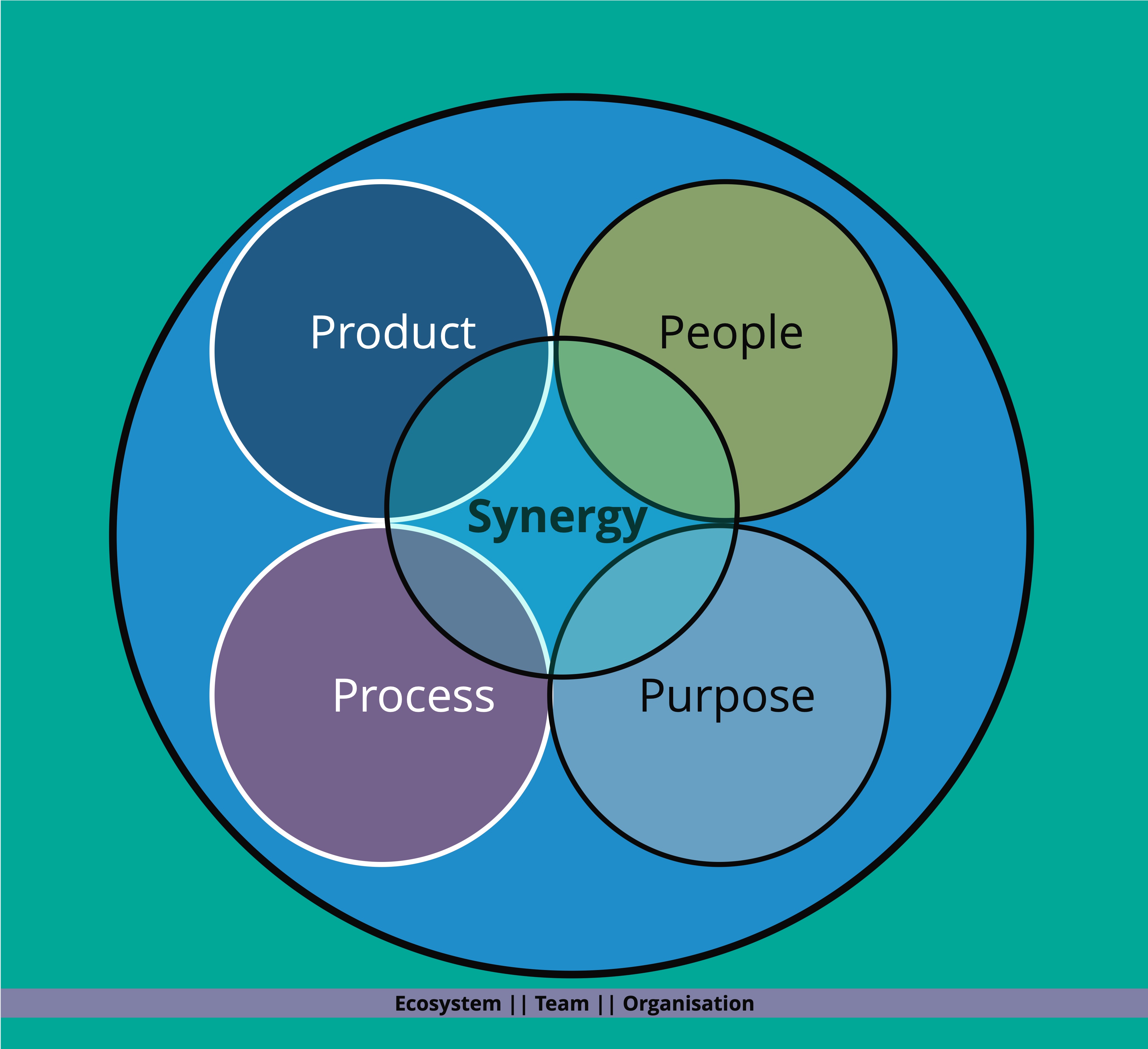on
Crafting Champions
I remember the times when I felt passionate about work, collaborating with amazing, accomplished team members on a product that had the potential to impact millions of people.
In one environment the team was empowered to decide the product’s direction, creating the desired impact. This team, with a clear purpose, comprised highly skilled and diverse individuals. One particular moment stands out: we were trying to solve a critical issue. Despite the pressure, the atmosphere was electric with collaboration and creativity. Everyone contributed their unique skills, and we finally cracked the problem. We celebrated our success, having managed the issue with minimal disruption to the business. The sense of accomplishment and camaraderie was unforgettable. During the post-incident review, we proudly showcased how we had improvised and controlled the customer impact.
In another environment, leadership was embedded within each team member. We rotated through various tasks with outcomes in mind, building skills to operate without a designated leader. Strong processes enabled this environment, fostering a sense of ownership and continuous improvement.
I often ponder upon these experiences and learn that in the fast-paced world of software engineering, success hinges not just on technical prowess but also on the seamless collaboration of a well-aligned team. It demands a harmonious blend of people, processes, purpose, and product vision.
Transforming a Group into a Cohesive Team
This article delves into how to transform a group of talented individuals into a cohesive, high-performing team, ready to tackle any challenge and deliver outstanding results. Let’s explore the synergy from People, Process, Purpose, and Product.

People
The heart and soul of any initiative. It’s the unique skills, creativity, and dedication of each team member that bring ideas to life. When everyone understands their roles and feels valued, the team can achieve incredible things. Understand team member’s skills and contribution boundaries
-
Responsible for: Tasks or roles each team member is accountable for.
-
Enjoy doing but not responsible: Activities team members like but are not officially assigned.
-
Responsible for but don’t enjoy much: Tasks team members are accountable for but may not find enjoyable.
-
Agreement in team: Once the above is clear, the team is ready to take the next steps, i.e., ensure mutual understanding and agreement on roles and responsibilities.
This would help to clearly articulate how the team would like to function to achieve the common goal, identify gaps, and create a plan to address those gaps. For example, one team member don’t want to facilitate retro, while other want to up skill on facilitating meetings. Solution is easy just switch that task responsibility. How about when there are no takers for that task? Encourage team to do problem solving exercise, go back to task goal and validate various possible acceptable solution.
Product
The tangible result of all the hard work. A successful product solves problems, meets user needs, and evolves over time. It’s the culmination of the team’s efforts, processes, and purpose, and it’s what ultimately makes an impact.
- Clear and same understanding of the problem: Ensure everyone has a unified view of the problem being solved. The product is the solution with a clear mission and vision.
- Iterative strategy: Embrace flexible and evolving solutions to address the problem. It’s important to stay aligned to key vision of the product.
Purpose
When everyone understands the “why” behind their work, it fosters a sense of ownership and alignment. This shared purpose helps navigate challenges and stay focused on the end goal. It is the guiding star that gives direction and meaning to the work to create desired impact. A clear purpose aligns the team’s efforts with a common goal, providing motivation and a sense of accomplishment. When everyone knows the mission, it’s easier to stay on track and make meaningful progress.
- Clear Mission, North Star: Define a clear mission and guiding principle (North Star) for the team.
- Align work to goal: Don’t do busy work. Focus on outcome and create impact that matters. Ensure all work aligns with the overarching goals.
Process
The backbone that keeps everything running smoothly. Effective processes ensure that tasks are completed efficiently, progress is tracked, and improvements are continuously made. A well-defined process helps the team stay organised and focused.
- Reflect and reorient: Avoid fixating on single solution and regularly reflect on progress and adjust the course as needed. Encourage a culture where learning from mistakes is valued and changing direction is acceptable.
- Challenge assumptions and create validations: Do the sense check and validate the assumption. Common sense is overrated specially when team is diverse mix of people. Lean toward explicit rather than implicit interpretation.
- Involve feedback, showcase, retro: Incorporate feedback loops, showcase progress, and conduct retrospectives to continuously improve. But always be kind. Lean on kind way to give feedback, keep in mind the impact team is trying to achieve.
The true power lies in the intersection of these elements, where their combined effect is greater than the sum of their parts. This synergy drives innovation, enhances collaboration, and ensures that every effort is aligned towards a common goal. Remember, the journey to creating a successful product is continuous and collaborative. Embrace the challenges, celebrate the milestones, and keep striving for excellence.